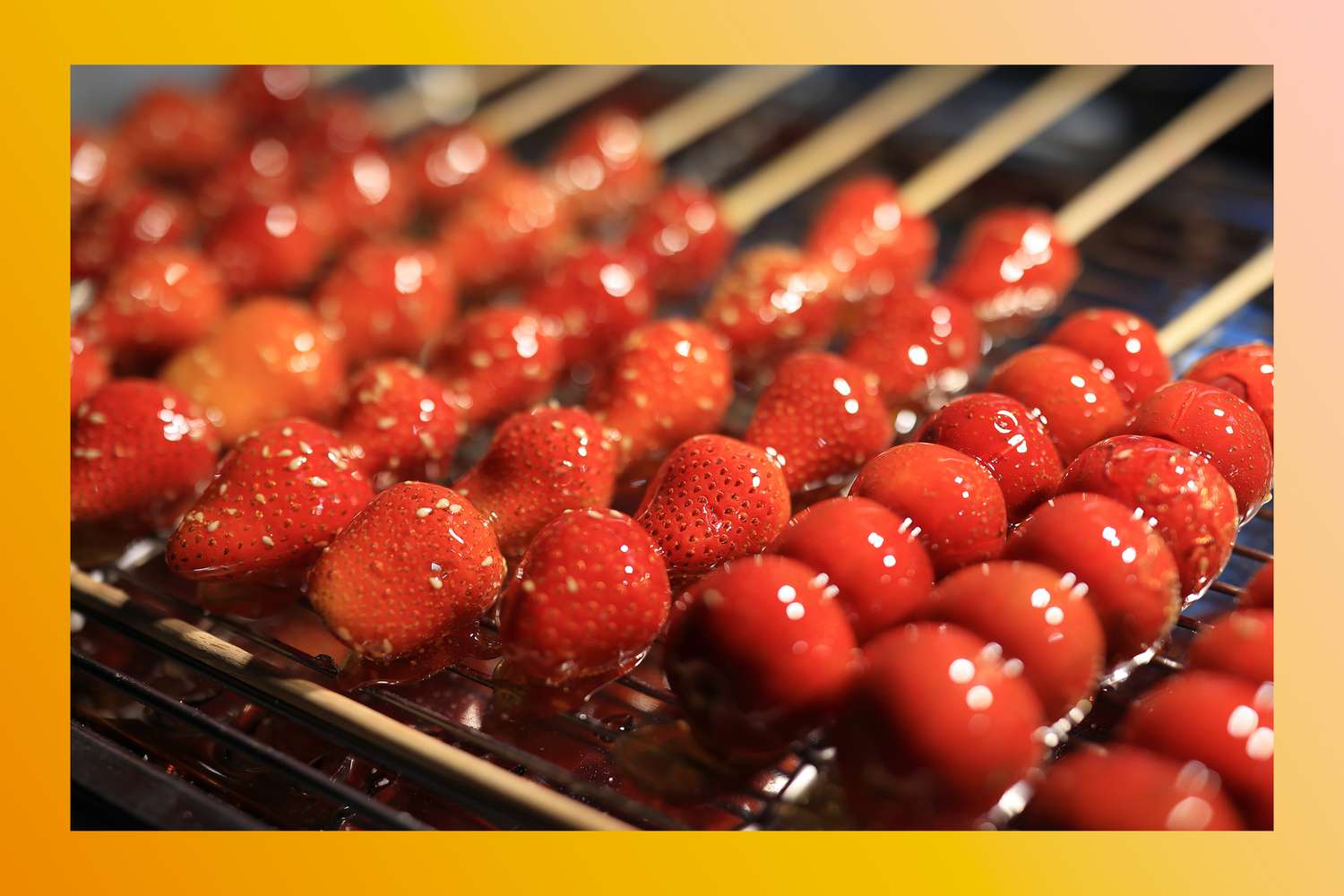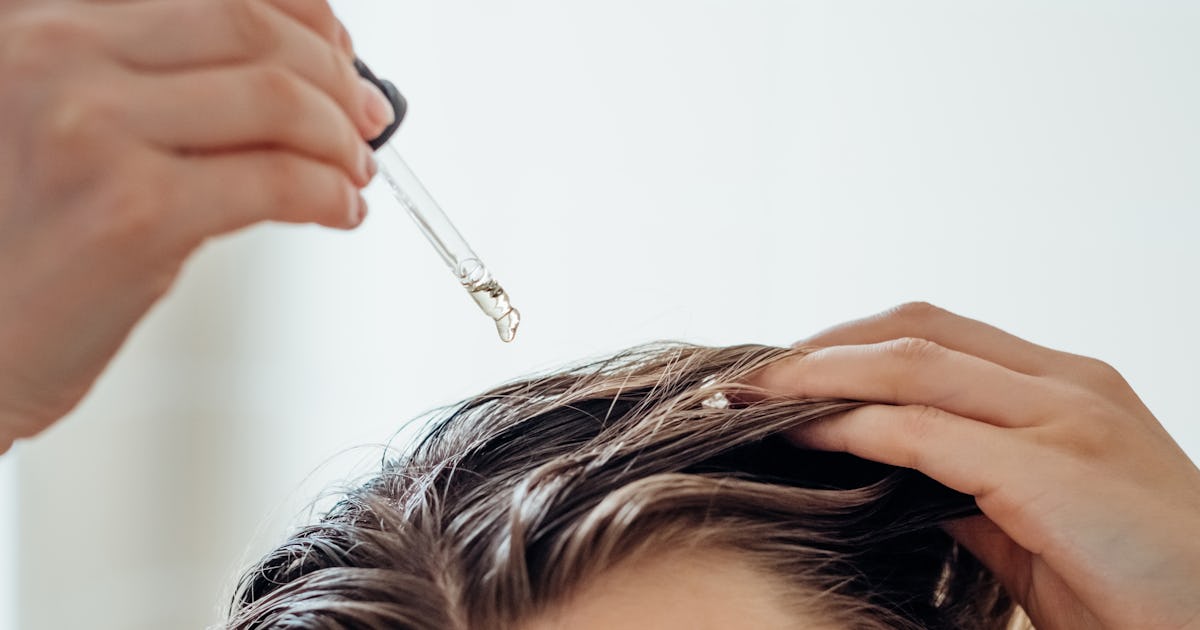:max_bytes(150000):strip_icc():format(jpeg)/CopyofCelebrityBorderA-7500e63130e44264b7d4cacba1c7153a.jpg)
TikTok has been the driving force behind various viral trends. Some of them are funny, some are thought-provoking, and some are dangerous.
Unfortunately, one of the latest trends launched on TikTok – the creation of a sweet treat called “tanghulu” (candied fruit, sometimes called glass fruit), falls into the latter category.
Getty Images/real444
Shriners Children’s Fund of Boston has been working to raise awareness of this trend, which can lead to severe burns and result in children requiring emergency room treatment for these burns.
What’s more, they are treating a growing number of young patients suffering from severe burns after trying glass fruit and similar recipes popular on TikTok, spreading word of mouth among health care providers here and abroad.
What is the homemade candied haws trend?
The glass fruit trend is a homemade take on candied haws, a popular street food across Asia. Vendors in the area sell skewered fruit dipped in a melted candy coating that bursts when you bite into it.
On TikTok, this street food is currently very popular. Videos explaining how to make candied haws (which require liquefied sugar to prepare) have been viewed millions of times.
Many videos explaining recipes instruct viewers to mix sugar into cups of water and then heat it to extreme temperatures in a microwave. Once the sugar has been melted using this method, fruits such as strawberries, cherries, or grapes can be dipped into the hot liquid to give foods a shiny, sweet coating.
The key to making a glass fruit, however, is that the sugar must be heated to at least 300 degrees Fahrenheit to create what’s known as the shiny glass fruit coating or appearance that cracks when you bite into it (after it cools).
In the TikTok video demonstrating recipe preparation, you can see the hot sugar and water mixture visibly boiling and bubbling in the microwave. All of this means that very careful handling is required to safely remove the hot liquid from the microwave and use it to wrap fruit.
That’s the challenge with this recipe.
Dangerous homemade candied haws recipe
As the Shriners Foundation for Children of Boston makes clear in a press release, since the glass fruit trend began spreading on TikTok, health care providers have seen a related increase in the number of severely burned children requiring care.
Colleen Ryan, MD, said in a news release that the burns were primarily caused by children spilling hot candy.
“When sugar melts in a microwave like this, it has a high heat capacity, which means it can store heat energy,” Dr. Ryan said in the release. “If it spills, it can cause serious burns, like spilling hot soup, but because of the properties of sugar, it can cause deeper burns.”
Dr. Ryan continued: “A child or teenager may quickly grab a pot or bowl and the hot liquid may splash, spill, or splash on them. The result is one or more small but deep burns, which usually occur on Key parts such as hands or feet.
Surface burn may not be the only problem with glass fruit recipes, either.
“Heating sugar to around 300°F is significantly above the boiling point of water. This temperature can cause severe burns on skin contact and, more worryingly, if ingested,” Joel “Gator” Warsh, MD, MS ), a board-certified pediatrician, explains. “Such contact can cause damage to the mouth, tongue, throat, and even esophagus, potentially resulting in serious injury requiring medical intervention.”
While the recipe does call for dipping the hot glazed fruit into an ice bath after adding the sugar to help it cool down, some kids may want to take a bite before this step.
Additionally, some health care providers say that even if the icing appears to have hardened, the risk of burning may still exist.
“To create the ‘glass’ effect, sugar is heated to its melting point,” says Christina Johns, MD, a pediatrician, pediatric emergency medicine physician and senior medical advisor for PM Pediatric Care. “Sugar melts at very high temperatures and remains hot even when it hardens, so this can cause severe burns to any part of the body that comes into contact with it.”
Why are these burns more severe than others?
As for contact burns caused by accidental splashing of hot liquids onto body parts, the stickiness and stickiness of sugar allow it to adhere to skin and mucosal surfaces. This stickiness increases the damage by prolonging the contact between hot sugar and sensitive tissue.
Dr Johns explains: “Because sugar is thick and sticky, it doesn’t rub off easily and burns for longer than an instant, so it has time to do more damage.”
Using plastic or glass containers to heat the mixture in the microwave may also increase the likelihood of contact burns from spilled liquid sugar.
Australian nutritionist Ann Reardon posted a video on YouTube explaining that even “microwave safe” plastic can collapse or leak at such high temperatures. Additionally, if the extremely hot glass container used to heat the mixture is subsequently transferred from the microwave to a cold kitchen counter, the glass may break.
Several commenters on another TikTok video showing a glass fruit recipe confirmed the reality of the types of concerns Reardon expressed.
One viewer said: “I tried this and the cup exploded.” Another viewer wrote, “I tried this but the sugar cup thing broke the glass and then I didn’t tell my mom.” Another viewer wrote Sharing: “I just made it and now I have third degree burns.”
Talk to your kids about the candied haws trend
Experts stress that this is a trend that should be avoided because of the dangers associated with it.
“This approach to recipes involving the microwave is appealing because it’s quick, easy, and effective, but it’s not worth the risk,” says Laura Purdy, MD, a family physician at Swell Medical PC. When cooking at home, always cook in a safe way conduct. This means having the right tools.
Dr. Warsh agrees, stressing that the potential for serious injury associated with the preparation of glass fruit is worth avoiding this particular trend altogether.
Instead, he recommends talking to your kids about how the high temperatures required to make glass fruit can lead to burns and other injuries. He also said parents could promote safer recipe alternatives that don’t involve high temperatures.
Some safer kid-friendly options include fruit soaked in raw cocoa or fruit soaked in honey.
Dr. Wash said: “Parents should realize that while ‘glass fruit’ may seem like a fun snack option, its inherent risks far outweigh its visual appeal.”
What to do if your child is burned
Even if you try to warn your kids about the dangers, they may still try this trend at home. If your child suffers burns from making glass fruit, Shriners Hospitals for Children in Boston recommends the following steps:
- Remove child from hot liquids immediately
- Take off all clothing from the injured area
- Cool the wound with cool running water
- Do not apply ice to burns




